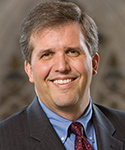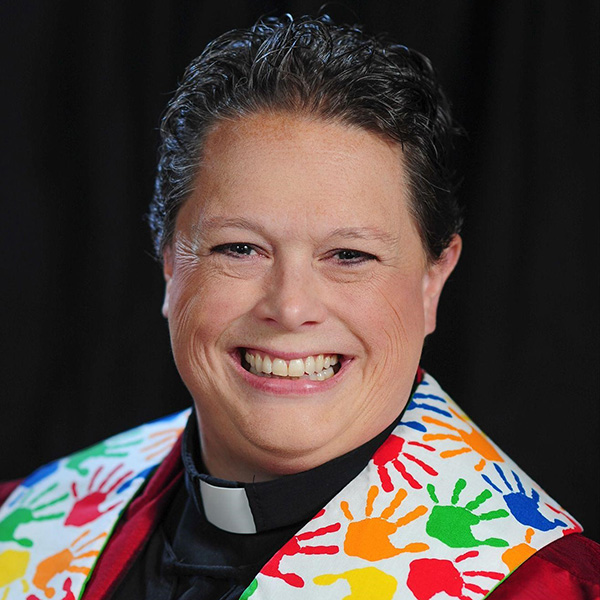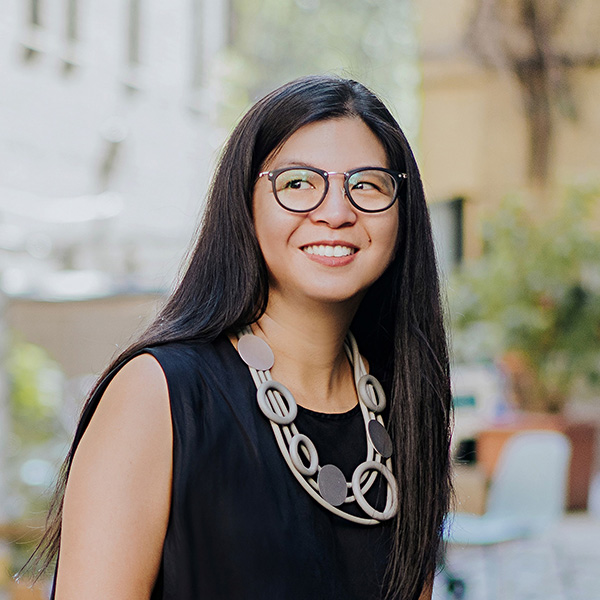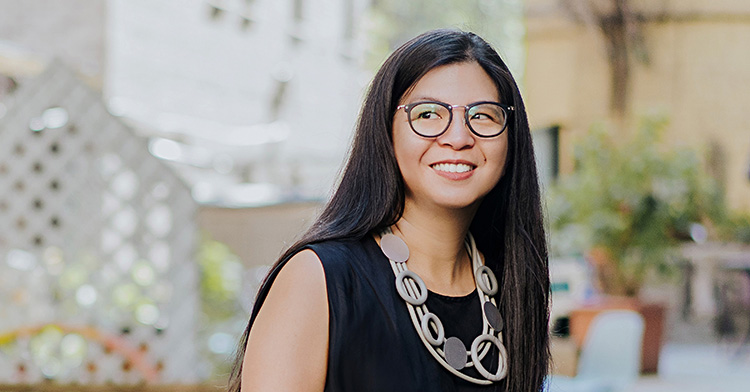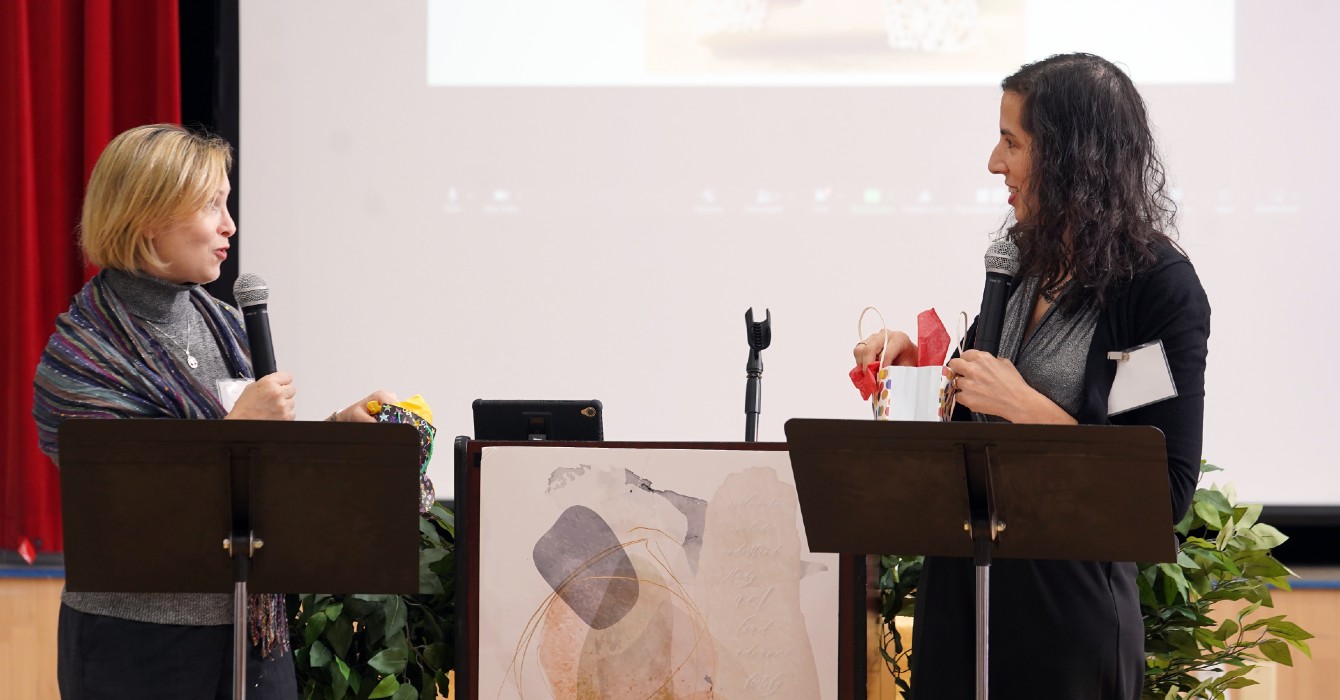I was both invigorated and mystified as I watched the class unfold, noting the way the students worked in teams, engaged the material and framed astute questions. Strikingly, the professors seemed little more than spectators.
Yet I was not visiting a small discussion seminar in some “soft” course where everyone’s opinion might matter equally regardless of whether anyone had done the reading or had informed judgments to offer. This was the course “The Body and Disease” in the first-year medical school curriculum of the Duke-National University of Singapore Medical School, and there were about 50 students sitting in a tiered, semicircular classroom.
The school’s focus is on what students need to learn, not what faculty have to teach, and on how to help students learn in ways that will enable them to continue to learn throughout their practice as physicians. Cultivating the future doctors’ habits and initiative is critically important to medical educators. As much as 50 percent of any student’s medical education will be outdated by the time he or she starts practicing medicine.
I was fascinated by this revolution in medical school pedagogy. The stakes for learning are very high, as people’s physical health and well-being depend on well-educated and well-trained medical professionals. These high stakes demand that doctors develop habits of study and inquiry, individually and in community, that will enable them to be as knowledgeable about their fields at 50 as they were when they finished medical school.
Should Christian institutional leaders hope for anything less? Gregory the Great called religious leadership “the art of arts” and noted that it was more important than medicine. After all, poor medical care could only damage people’s bodies; bad ministry could damage people’s souls. And the latter is often far more difficult to diagnose or to heal.
The Duke-NUS faculty describe their pedagogical approach as “team-based learning,” and it is working quite effectively even for content-driven, technical courses in science and medicine. The approach has forced faculty members to rethink what it means to teach -- from delivering content to structuring teams, framing questions and designing tests to ensure that the students master the material.
Identifying the critically important areas the students need to master and then framing the questions carefully and comprehensively are critically important and challenging tasks. Students study the questions in teams of seven to eight, drawing on textbooks, brief video lectures by faculty, and the use of library resources and electronic search engines.
On the day I visited, 25 questions were on the table. Every team was allowed to identify two questions it wasn’t able to answer satisfactorily in pre-class preparation. For those two questions, the team was expected to frame new questions that would clarify its members’ confusion and enable them to advance their understanding. When each team’s questions were put on the board, the team was implicitly agreeing that its members could answer the remaining 23 questions. So when team A identified question nine as one of its two, student facilitators tapped team D to answer it. When team A had a follow-up question about team D’s response, team C offered clarification.
All the while, two faculty members sat off to the side, observing the discussion to ensure that it was not going off-track. But when one of the professors intervened with an observation, a student politely told him to allow the discussion to continue.
The early indications are that the Duke-NUS students are mastering the material exceptionally well. They are also learning to turn to their colleagues for advice and counsel on a regular basis. Further, faculty are discovering new ways to offer ongoing technologically aided support to their students and practicing physicians that captures the best wisdom, up-to-date knowledge and best practice for dealing with particular diseases and presenting pathologies.
The implications for seminary education and continuing education are significant. Our current models are largely based on relatively passive classrooms in which students learn what the faculty have to teach and then compete to outshine their peers in exegesis or preaching. Our students too often leave seminary feeling isolated and overwhelmed. How might that picture change if all of our students were encouraged to be active learners and even teachers, building the habits of working in community to ask questions and solve problems? The intrinsically social dimensions of Christian life would be at the center, rather than the sidelines.
My brief experience at Duke-NUS and follow-up discussions with faculty and other institutional leaders there have convinced me we need to create learning cultures in Christian institutions, beginning with seminary and moving into the parish, the denominational office and elsewhere. I covet for people preparing for Christian ministry and other forms of Christian leadership the engaged learning I have now observed in a medical school classroom, as well as in business classrooms.
We not only need to emphasize and expect more in our formation and education of Christian institutional leaders; we also need to learn to do it differently. New pedagogies will prepare our leaders better for their challenges and opportunities throughout life. There is much to learn from our colleagues in medicine and business. And nothing less is at stake than our faithful and effective care of souls through particular practices and the institutions that, at their best, enable and sustain such practices.

